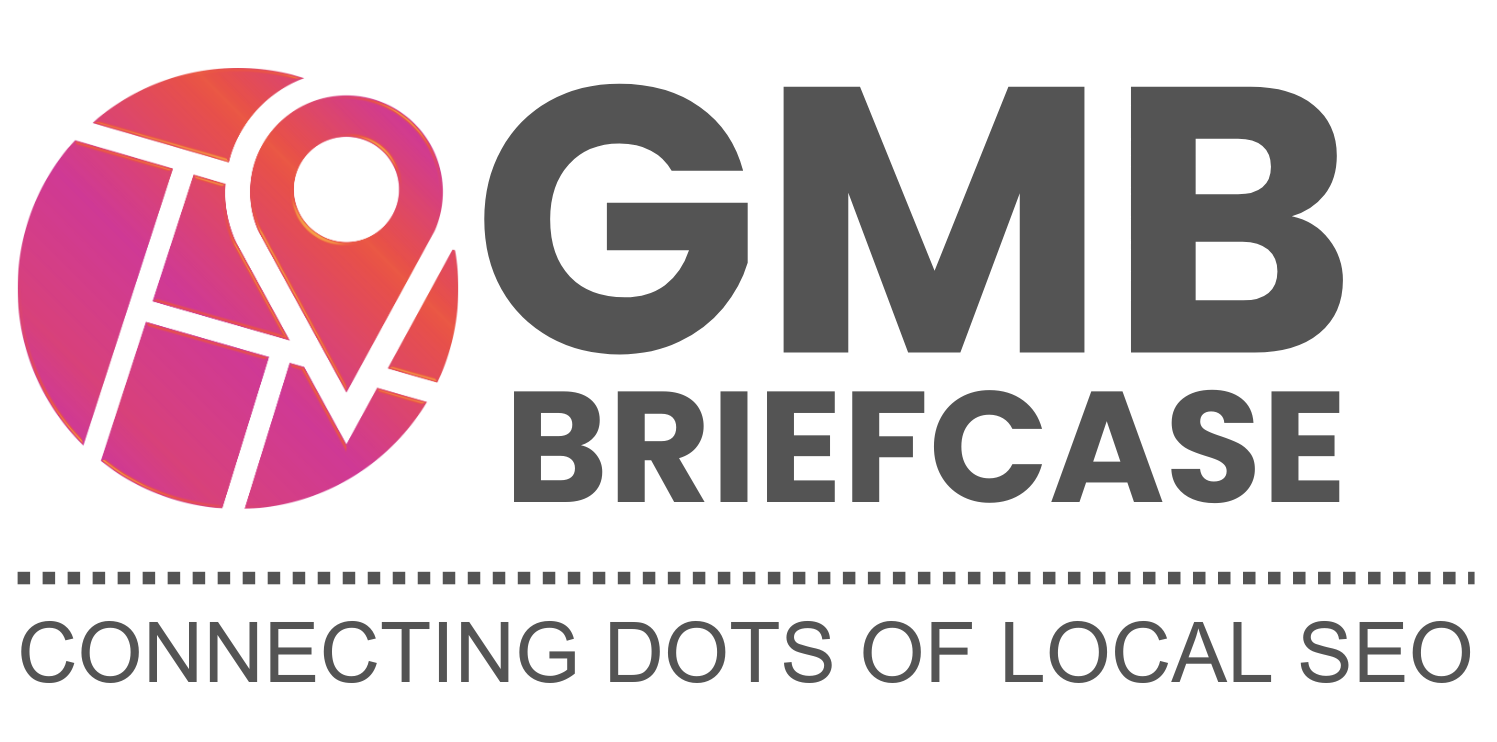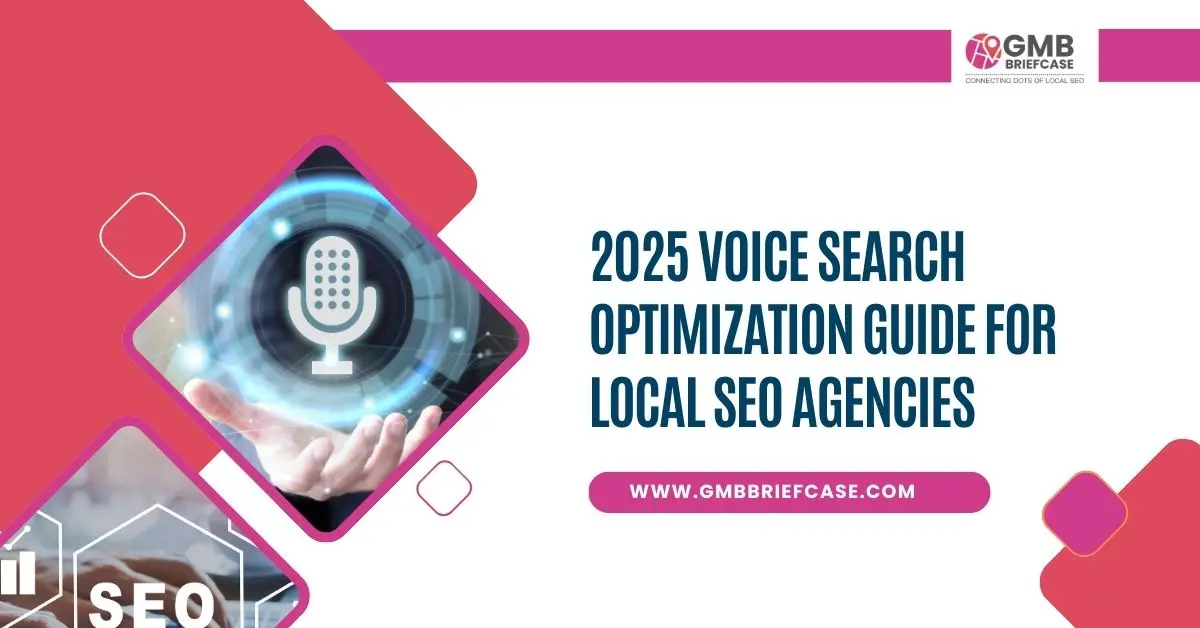By 2025, 75% of local searches will happen via voice—but most agencies are optimizing for yesterday’s queries. It’s time to lead.
Voice search has exploded, and by 2025, it will dominate the local SEO landscape. This guide provides a future-focused strategy for local SEO agencies to not only adapt but thrive in this voice-first era. Unlike other guides that rehash outdated tactics, we’ll explore the unique challenges and opportunities that 2025 presents, focusing on aspects that competitors miss.
This guide highlights:
- Hyper-local intent beyond “near me”: Understanding and targeting granular, specific needs (e.g., “open now with vegan options” instead of just “restaurants nearby”).
- AI-powered voice assistants’ evolving conversational logic: Mastering the nuances of how AI interprets and responds to voice queries.
- Privacy-first voice search optimization: Navigating the post-cookie world with ethical and user-centric voice strategies.
Why 2025 Demands a New Approach to Voice Search
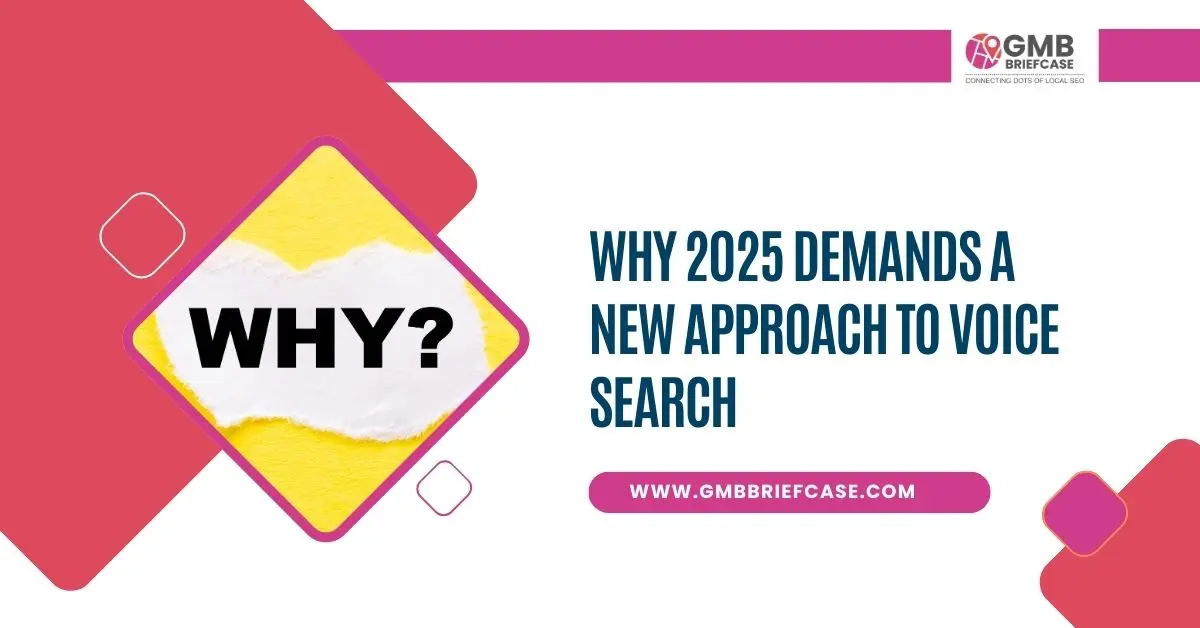
The voice search landscape is rapidly evolving, and clinging to outdated data from 2023 or 2024 simply won’t cut it. In 2025, several key trends are reshaping voice search, requiring a fresh, proactive approach.
2025 Voice Search Trends:
- Voice + visual hybrid results: Voice assistants like Alexa Show and Google Nest are increasingly providing visual results alongside spoken answers.
- Rise of multilingual voice queries in diverse markets: As voice search becomes more global, optimizing for multilingual queries is crucial.
- Voice search for complex, multi-intent local questions: Users are asking more complex, multi-layered questions via voice, demanding more sophisticated responses.
By 2025, smart audio and visual devices are expected to be in 75% of US households, with a significant portion being used for local search queries. This transformation necessitates that your SEO strategies evolve in parallel to capture this emerging market segment.
Voice Search Optimization Framework for 2025
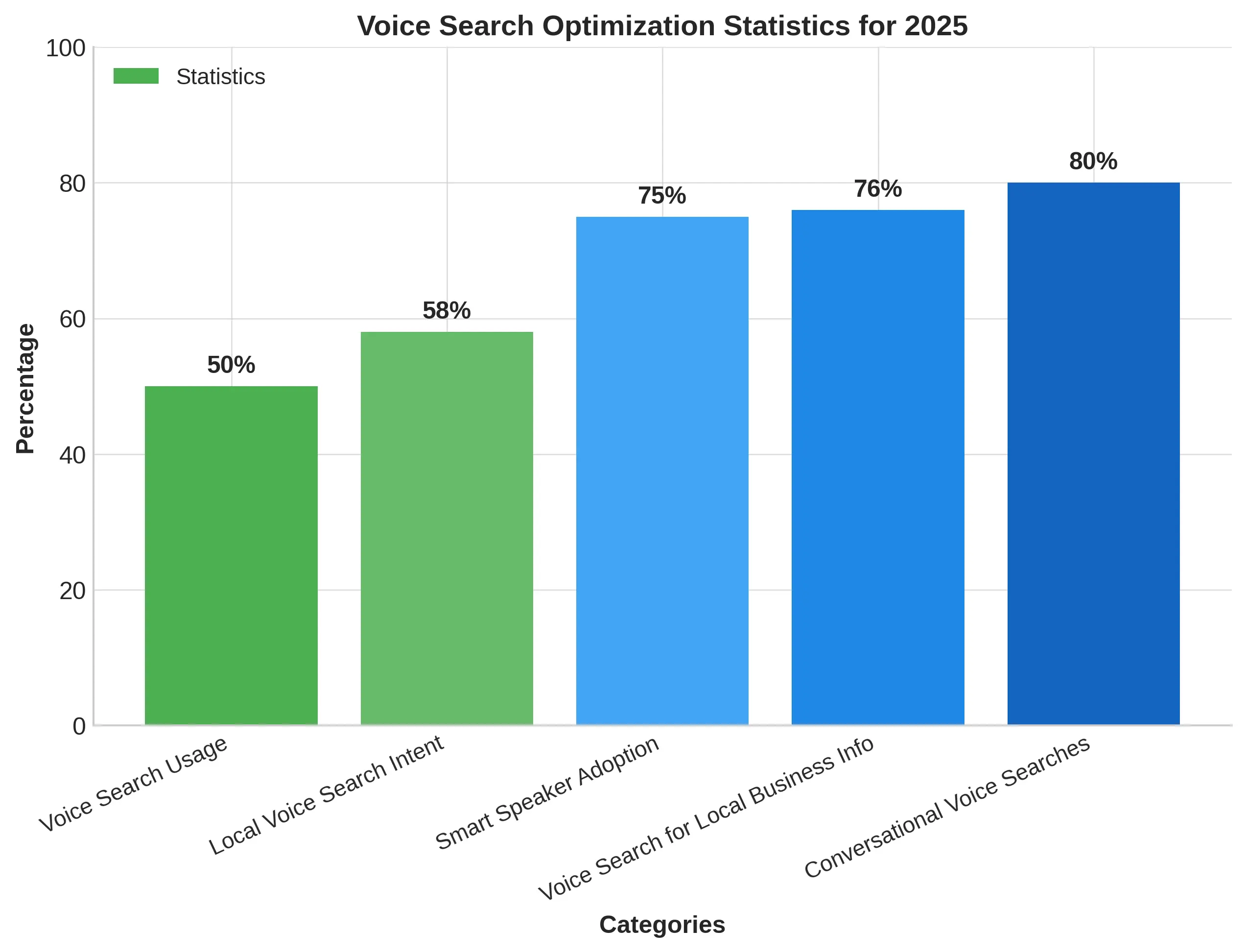
To conquer voice search in 2025, local SEO agencies need a structured, future-proof framework:
Step 1: Master Conversational Schema Markup
Schema markup is no longer optional—it’s essential for helping AI understand the context of your content. By 2025, focus on structuring schema for AI-driven “contextual understanding,” especially using FAQs and How-to schema.
- Example: Optimizing for the query “Best divorce lawyer in $$city]” requires schema that highlights expertise, reviews, and availability.
- Implementation: Use tools like Schema.org to implement the markup, making sure it aligns with your target voice queries.
Step 2: Hyper-Local Content Clusters
Move beyond generic local content. Create “neighborhood-level” content to target ultra-specific voice searches. Implement content localization strategies to ensure each piece resonates with the local audience.
- Create content targeting specific neighborhoods, landmarks, and community events.
- Example: Instead of just “plumbers in $$ city],” create content for “plumbers in $$exact neighborhood].”
- Use AI tools to predict long-tail, hyper-local voice queries.
Step 3: Optimize for Voice + Visual SERPs
With the rise of voice-driven devices and advanced text-to-speech engines with screens, optimizing for visual search results is now critical.
- Prioritize image and video SEO to rank in voice search results with visual components.
- Example: A local bakery ranking for “Show me gluten-free cakes near me” with image carousels.
- Implementation: Use high-quality images and videos, optimize alt text, and ensure your visuals are mobile-friendly. A video cutter can help clean up clips, making them look more polished and engaging.
2025’s Hidden Ranking Factors

Beyond traditional SEO, several hidden ranking factors will significantly impact voice search performance in 2025:
- AI-Powered Sentiment Analysis: Voice assistants are increasingly prioritizing “emotionally intelligent” answers.
- Zero-Click Voice Dominance: Structure your content to answer queries in a single, spoken response.
- Local Authority Signals: Leverage Google Business Profile Q&A and community engagement to boost your local authority.
Tools & Tactics Competitors Aren’t Using
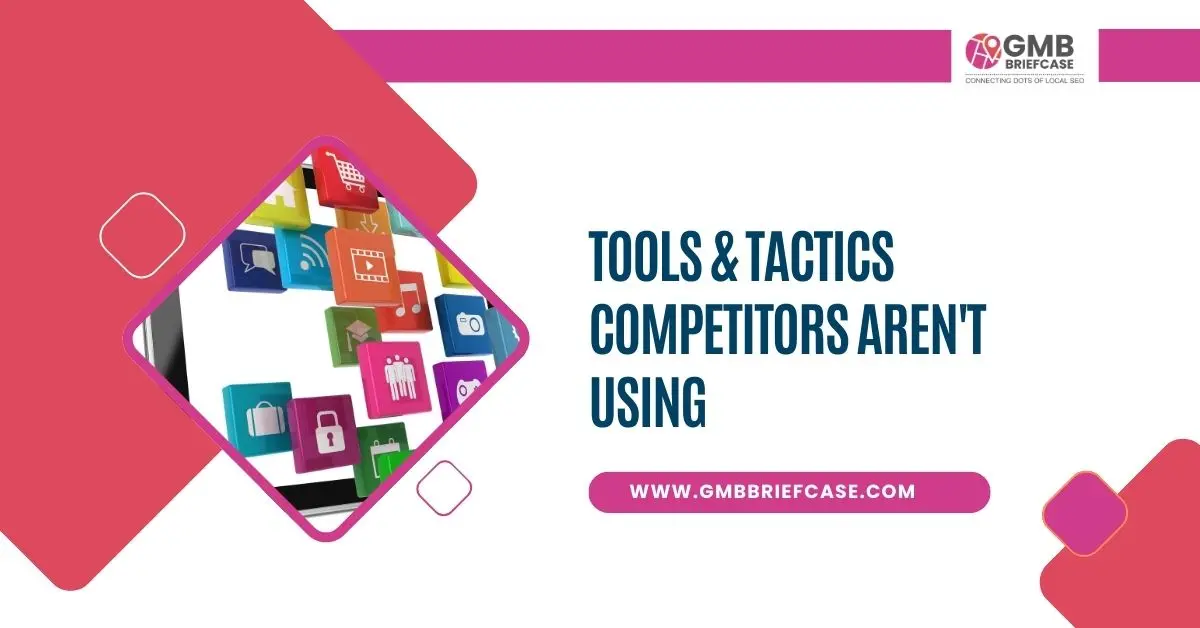
Stay ahead of the competition by leveraging advanced tools and tactics:
- Voice Search Heatmaps: Tools like AnswerThePublic combined with SEMrush’s Voice Analytics can reveal valuable voice search insights.
- AI Voice Query Simulators: Test how Alexa or Google Assistant “hears” your client’s content.
- Localized Podcast Clips: Repurpose content for voice search by creating short, localized podcast snippets, for B2B, healthcare, or higher education podcasts, among others.
To gain even deeper insights into user behavior, consider incorporating speech analytics into your strategy. This technology not only analyzes voice queries but also helps in identifying subtle shifts in customer language and sentiment, allowing you to fine-tune your content for better engagement.
Action Plan for Local SEO Agencies

Here’s a 30-day checklist to implement these strategies:
- Schema Audits: Conduct a thorough audit of your existing schema markup.
- Voice Query Journals: Start tracking and analyzing voice search queries in your niche.
- Content Localization: Develop hyper-local content for target neighborhoods using AI translation software.
Client Pitch Template: Position voice search as a key revenue driver for 2025. Focus on:
- The increasing importance of voice search for local businesses.
- The unique opportunities presented by voice + visual search.
- The need for a privacy-first approach to voice search optimization.
Future-Proofing Beyond 2025

Looking beyond 2025, local SEO agencies must prepare for the integration of voice search into augmented reality (AR) and virtual reality (VR) environments. Additionally, address ethical considerations such as bias in voice AI and ensuring brand safety.
This guide provides a strategic advantage by focusing on 2025-first data, actionable tools, and ethical considerations that are absent in competitor guides. For local SEO agencies looking to lead the way in voice search optimization, this is your roadmap to success.
FAQs for Voice Search Optimization
Q1. What are the key differences between voice search optimization and traditional SEO?
Ans: Voice search optimization focuses on natural language and longer, conversational queries, while traditional SEO often relies on short-tail keywords.
Q2. How can I identify the best long-tail keywords for voice search?
Ans: Use tools like Google Keyword Planner or Answer the Public to find conversational phrases that users commonly ask.
Q3. What role does mobile optimization play in voice search?
Ans: Mobile optimization is essential as most voice searches occur on smartphones. A mobile-friendly site improves user experience and search rankings.
Q4. How can I track the effectiveness of my voice search optimization efforts?
Ans: Monitor traffic using Google Analytics and Search Console, focusing on organic traffic increases and featured snippets.
Q5. What are some common mistakes to avoid when optimizing for voice search?
Ans: Avoid neglecting local intent, using non-conversational language, and overlooking structured data, as these can hinder your rankings.
